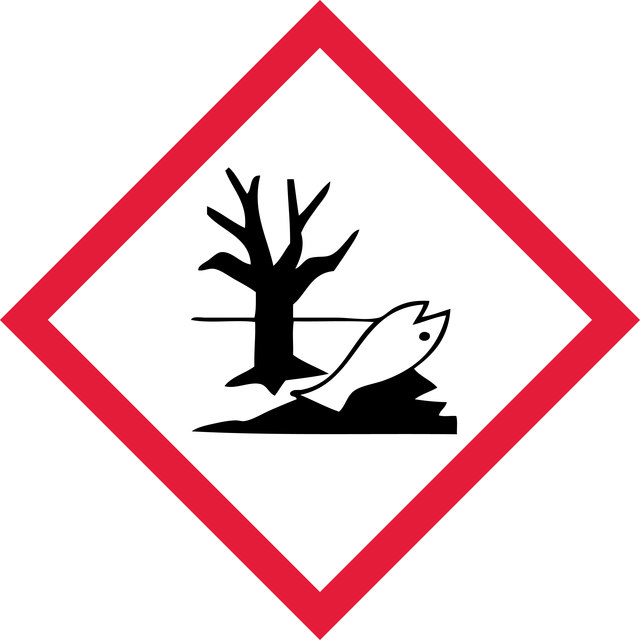17-10521
EZ-Magna NuCLEAR™ RIP (Cross-Linked) Nuclear RNA-Binding Protein Immunoprecipitation Kit
EZ-Magna Nuclear RIP (Cross-Linked) RNA-Binding Protein Immunoprecipitation Kit is designed for the analysis of chromatin associated RNA such lncRNAs, enhancer RNAs and miRNAs.
Synonym(s):
Magnetic RNA-BP Immunoprecipitation, RNA-Binding Protein Immunoprecipitation
Select a Size
About This Item
Quality Level
manufacturer/tradename
Magna Nuclear RIP
technique(s)
RIP: suitable
activity assay: suitable (protein interaction)
immunoprecipitation (IP): suitable
shipped in
dry ice
Related Categories
General description
- Generates cross-linked chromatin to allow analysis of a variety of chromatin-associated RNAs
- Flexible, scalable input requirements: Recover RNA from millions of cells or as few as 5,000 cells
- Magnetic protein A/G bead blend and optimized buffer system results in low backgrounds and high signal-to-noise ratios
- Suitable for analysis by RT-qPCR or RIP-seq
- Complete set of reagents and detailed protocol to enable first-time success
Magna Nuclear RIP Kits are specially designed to allow the discovery and analysis of a variety of chromatin associated RNAs such as long non-coding RNAs, enhancer RNAs and miRNAs . These chromatin-associated RNAs often regulate gene expression and can be analyzed with applications including quantitative reverse transcription polymerase chain reaction (RT-PCR), microarray analysis (RIP-chip) and next generation sequencing (RIP-Seq).
Nuclear RIP can be performed using chromatin that has interactions stabilized by formaldehyde treatment (cross-linked) or chromatin that has not been treated with a cross linking reagent (native). While both of these approaches are similar in that they are designed to recover chromatin associated RNA, the reagents used and the details of the protocol and types of interactions typically detected are different. Cross-linked can capture higher molecular weight complexes in in vivo configurations with possibly lower affinities. In contrast native RIP is expected to recover high affinity, more direct interactions between proteins encoded RNA binding motifs and candidate RNAs. For less well understood proteins and protein complexes often both approaches are used.
The kit described here is for the cross-linked approach. If a native approach is of interest please visit the product page for the Magna Nuclear RIP (Native) Kit, catalogue # 17-10522 or the EZ-Magna Nuclear RIP (Native) Kit, catalogue # 17-10523.
Packaging
Physical form
Preparation Note
Kit components are stable for 6 months from date of shipment when stored as directed.
Other Notes
10X PBS
Nuclei Isolation Buffer
RIP Cross-Linked Lysis Buffer
Protein A/G Magnetic Beads
Nuclear RIP Dilution Buffer
Low Salt Wash Buffer
High Salt Wash Buffer
LiCl Wash Buffer
TE Buffer
RIP Elution Buffer
10% SDS
0.5 M EDTA
DNase I (RNase Free)
DNase I Supplement
DNase I Reaction Buffer
Protease Inhibitor Cocktail III, Animal Free
RNAse Inhibitor
Proteinase K
Control Antibodies and Primers
Normal Mouse IgG Negative Control Antibody
Anti-EZH2 Positive Control Antibody
NEAT1 Positive Control Primers
U1 snRNA Negative Control Primers
Legal Information
signalword
Danger
hcodes
Hazard Classifications
Aquatic Acute 1 - Aquatic Chronic 2 - Eye Dam. 1 - Skin Irrit. 2
Storage Class
10-13 - German Storage Class 10 to 13
wgk_germany
WGK 3
Certificates of Analysis (COA)
Search for Certificates of Analysis (COA) by entering the products Lot/Batch Number. Lot and Batch Numbers can be found on a product’s label following the words ‘Lot’ or ‘Batch’.
Already Own This Product?
Find documentation for the products that you have recently purchased in the Document Library.
Related Content
Cancer is a complex disease manifestation. At its core, it remains a disease of abnormal cellular proliferation and inappropriate gene expression. In the early days, carcinogenesis was viewed simply as resulting from a collection of genetic mutations that altered the gene expression of key oncogenic genes or tumor suppressor genes leading to uncontrolled growth and disease (Virani, S et al 2012). Today, however, research is showing that carcinogenesis results from the successive accumulation of heritable genetic and epigenetic changes. Moreover, the success in how we predict, treat and overcome cancer will likely involve not only understanding the consequences of direct genetic changes that can cause cancer, but also how the epigenetic and environmental changes cause cancer (Johnson C et al 2015; Waldmann T et al 2013). Epigenetics is the study of heritable gene expression as it relates to changes in DNA structure that are not tied to changes in DNA sequence but, instead, are tied to how the nucleic acid material is read or processed via the myriad of protein-protein, protein-nucleic acid, and nucleic acid-nucleic acid interactions that ultimately manifest themselves into a specific expression phenotype (Ngai SC et al 2012, Johnson C et al 2015). This review will discuss some of the principal aspects of epigenetic research and how they relate to our current understanding of carcinogenesis. Because epigenetics affects phenotype and changes in epigenetics are thought to be key to environmental adaptability and thus may in fact be reversed or manipulated, understanding the integration of experimental and epidemiologic science surrounding cancer and its many manifestations should lead to more effective cancer prognostics as well as treatments (Virani S et al 2012).
Our team of scientists has experience in all areas of research including Life Science, Material Science, Chemical Synthesis, Chromatography, Analytical and many others.
Contact Technical Service
